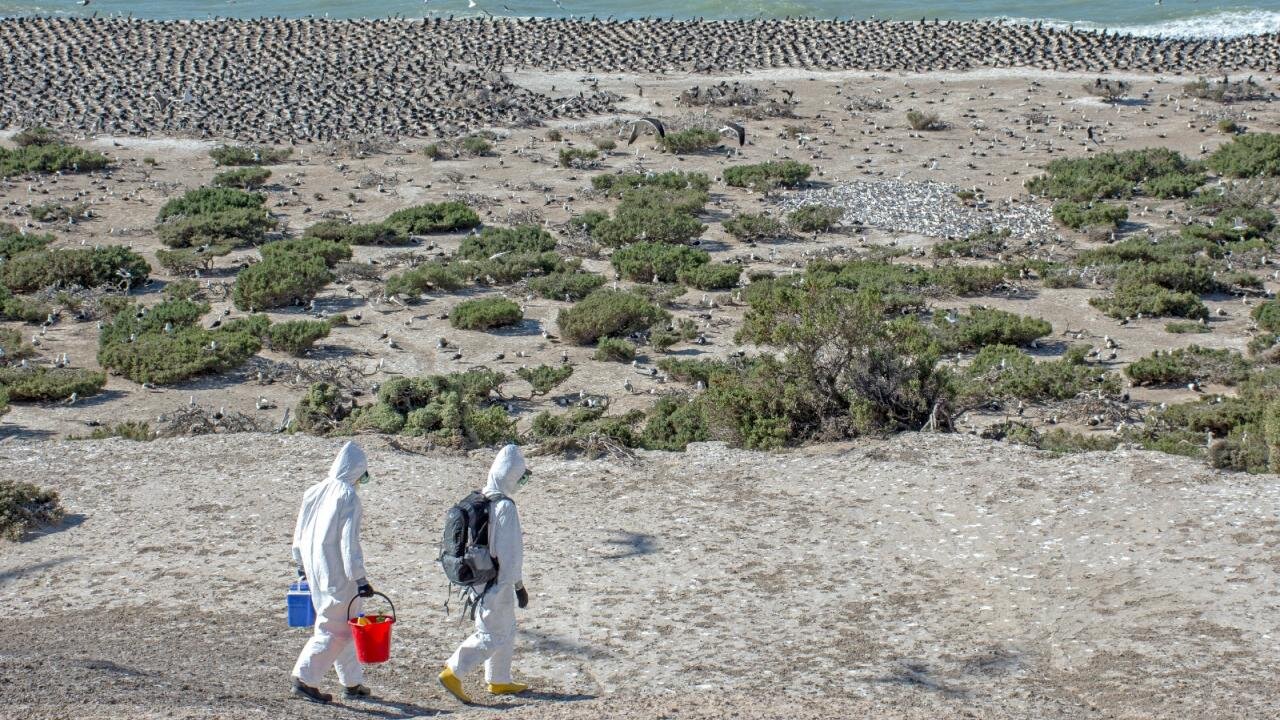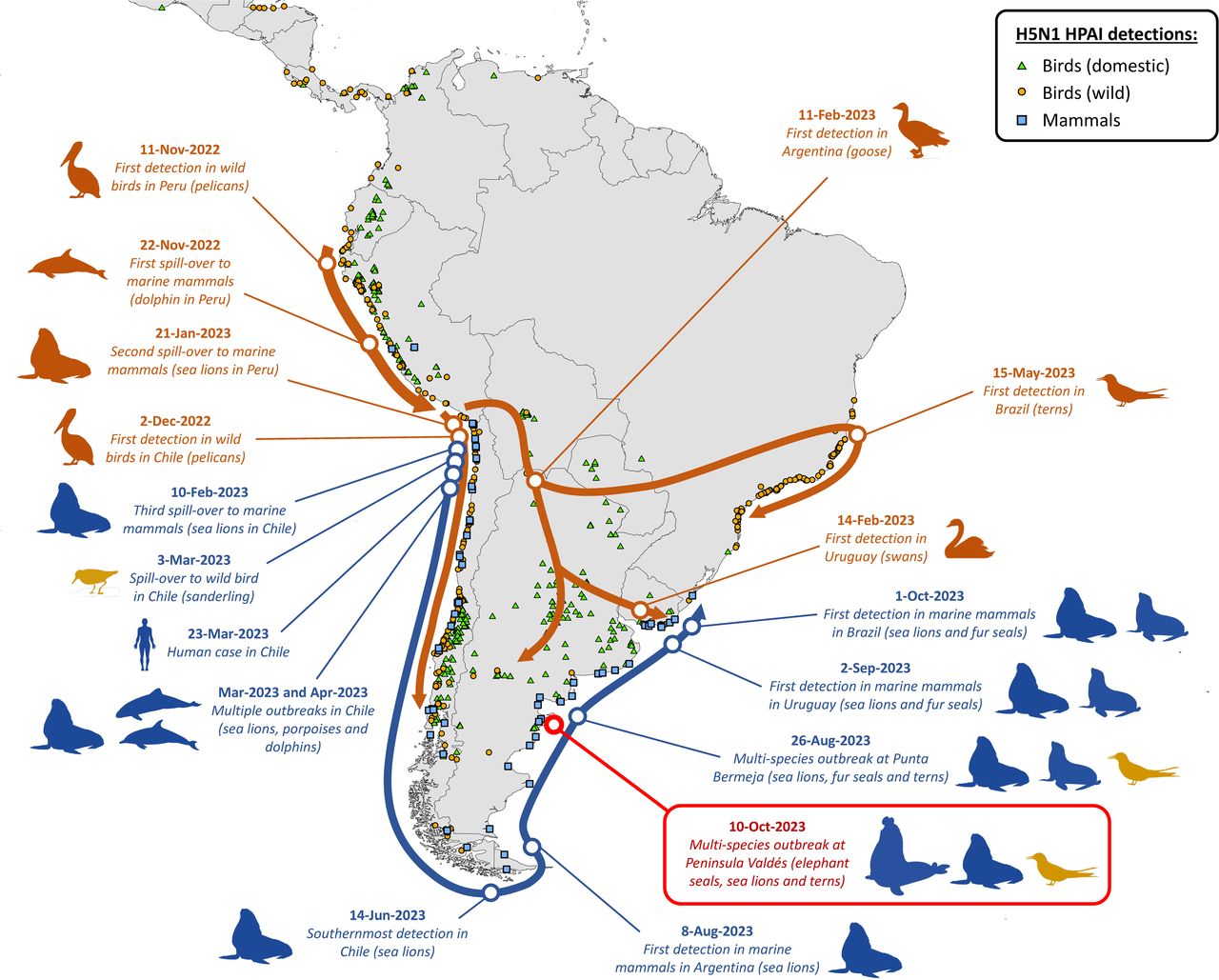
Highly pathogenic H5N1 avian influenza viruses have been adapting to mammals in unprecedented ways, raising global concerns for human health, wildlife, and livestock. According to recent studies and reports from Argentina and the United States, elephant seals were among the first mammal species affected by this evolving virus.
The outbreak among elephant seals at Punta Delgada along the coast of Peninsula Valdés in Argentina resulted in mass mortality, with over 17,000 deaths. The virus arrived on the continent through migratory birds before spilling over to mammals and then separated from the avian clade to become its own marine mammal-adapted virus.
Simultaneously, an ongoing outbreak among dairy cows in the United States since March 2024 has been attributed to H5N1. Federal officials believe it is spreading through contaminated milk, but there are concerns that it may already be transmitting from cow to cow.
The virus's ability to adapt and spread among mammals is a cause for concern, as it could potentially infect other species, including humans. Researchers from the University of California, Davis; National Institute of Agricultural Technology (INTA); and various institutions in Argentina have been working together to understand the implications of this development.
The studies show that H5N1 viruses are increasingly flexible and can adapt to mammals in new ways. The outbreaks among elephant seals and dairy cows serve as a reminder of the potential consequences for human health, wildlife, and livestock if these viruses continue to evolve.
Sources:
- Phys.org:


